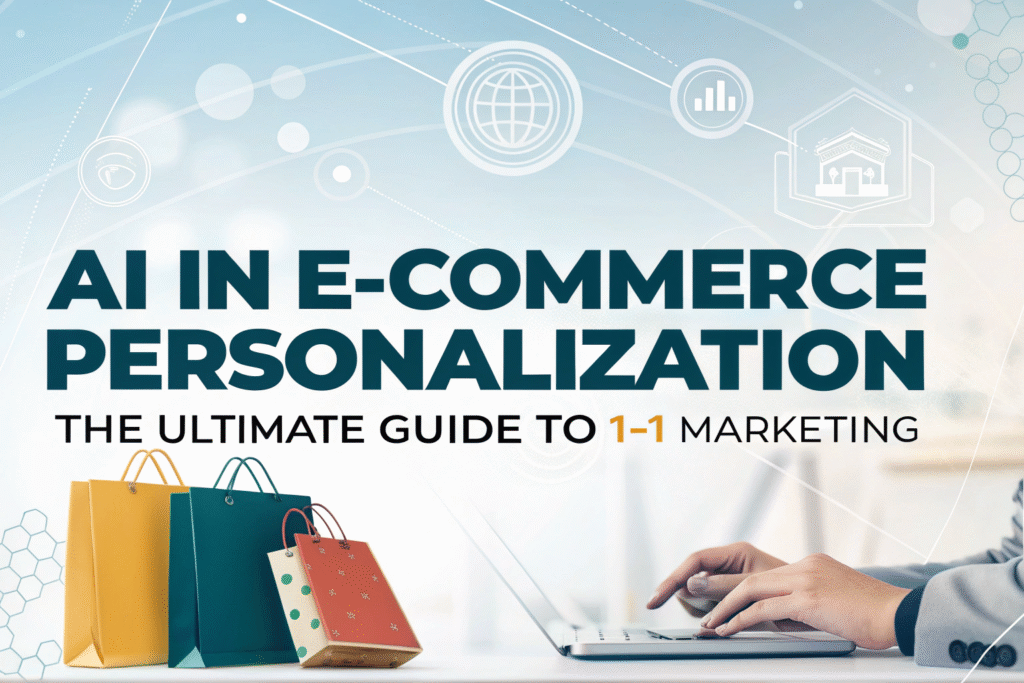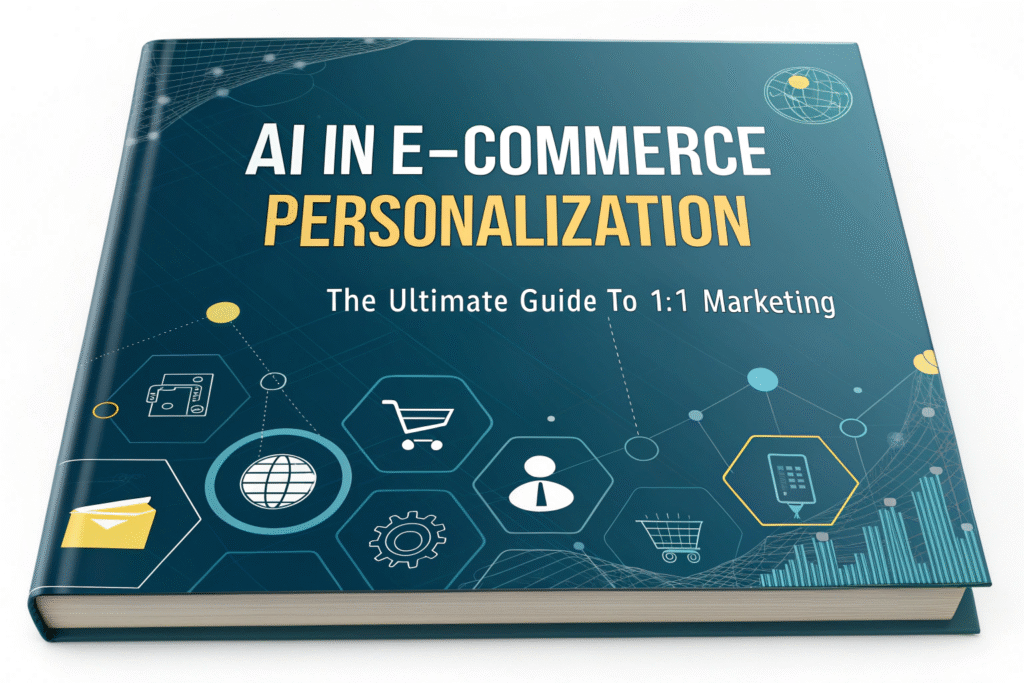
Introduction: From Mass Marketing to Mass Personalization
Imagine walking into a store where the layout, product recommendations, and even the promotions are tailored specifically to your tastes and needs. This is the promise of a personalized e-commerce experience. AI in e-commerce personalization makes this scalable reality possible, moving beyond simple “Hi [First Name]” emails to creating dynamic, individual shopping journeys for millions of customers simultaneously.
History & Evolution: The Journey from Basic to Behavioral
The path to sophisticated personalization has been a gradual evolution.
- Early 2000s – Rule-Based Systems: Personalization began with basic rules. “Customers who bought X also bought Y” was a revolutionary feature, but it was static and based on simple product associations.
- 2010s – The Rise of Recommendation Engines: Companies like Amazon and Netflix perfected collaborative filtering, using aggregate user behavior to power more accurate recommendations. However, these were still largely based on group trends.
- Today – The AI-Powered Era: Modern machine learning algorithms analyze individual user behavior in real-time—including clicks, dwell time, past purchases, and even mouse movements—to create a truly unique profile for each visitor.
Audience & Demographics: Who Benefits from a Personalized Touch?
The impact of AI-driven personalization is felt by everyone in the e-commerce ecosystem:
- Online Shoppers: Enjoy a more relevant, convenient, and satisfying shopping experience, leading to faster discovery of products they love.
- E-commerce Marketers & Managers: Leverage AI to significantly increase key metrics like conversion rates, average order value (AOV), and customer lifetime value (CLV).
- Brands and Retailers: Build stronger, more loyal customer relationships by demonstrating an understanding of individual preferences.
- Content Creators: Can use personalization data to understand which content (blogs, videos) drives the most valuable traffic and purchases.
Key Features & Functions: The Tools of the Trade
AI personalization manifests through several powerful features on an e-commerce site:
Product Recommendation Engines
These are the most visible application. They appear as “Recommended For You,” “Frequently Bought Together,” or “Recently Viewed” sections, dynamically updating based on user activity.
Personalized Search and Navigation
AI enhances on-site search to understand intent and synonyms, ensuring users find what they’re looking for, even with misspellings or vague queries.
Dynamic Content and Messaging
From personalized homepage banners to tailored promotional messages, AI can change the content a user sees based on their location, past behavior, or device type.
Segmentation and Targeted Email/SMS Campaigns
AI can automatically segment customers into hyper-specific groups (e.g., “high-value customers interested in sustainable products”) for incredibly targeted marketing campaigns.
Predictive Analytics for Inventory and Demand
Beyond the customer-facing side, AI can forecast trends and demand at an individual product level, helping businesses optimize inventory and reduce waste.
Business & Marketing Potential: The Tangible ROI
Implementing AI personalization isn’t just a tech upgrade; it’s a direct driver of revenue.
- Increased Conversion Rates: Relevant product suggestions dramatically reduce decision fatigue and guide customers to purchase.
- Higher Average Order Value (AOV): Effective cross-selling and up-selling recommendations encourage customers to add more items to their cart.
- Enhanced Customer Loyalty: A personalized experience makes customers feel valued, increasing the likelihood of repeat purchases and positive word-of-mouth.
- Reduced Marketing Spend: By improving the efficiency of your marketing efforts, you achieve a higher return on investment (ROI) from your advertising budget.
Best Practices & Tips for Implementation
To succeed with AI personalization, follow these strategic steps:
- Start with High-Quality Data: AI is only as good as the data it’s fed. Ensure you have robust data collection processes in place.
- Prioritize Privacy and Transparency: Be clear about how you use customer data and provide easy opt-out options. Trust is paramount.
- Begin with High-Impact Areas: Don’t try to personalize everything at once. Start with the product recommendation engine on your homepage and category pages.
- Test and Iterate Constantly: Use A/B testing to compare different personalization algorithms and strategies to see what resonates best with your audience.
- Focus on Value, Not Just Creepiness: There’s a fine line between helpful and intrusive. Ensure your personalization adds genuine value to the shopping experience.
Challenges & Limitations
While powerful, AI personalization comes with its own set of hurdles:
- Data Privacy Regulations: Laws like GDPR and CCPA require careful handling of personal data, adding complexity to implementation.
- The “Filter Bubble” Effect: Over-personalization can limit customers’ exposure to new products and categories, potentially stifling discovery.
- Implementation Complexity and Cost: Integrating advanced AI solutions can require significant technical expertise and financial investment, especially for smaller businesses.
- Data Silos: Personalization is less effective if customer data is trapped in separate systems (e.g., your CRM, email platform, and website aren’t connected).
Future Outlook: The Hyper-Personalized Horizon
The future of AI in e-commerce personalization is moving towards even more seamless and predictive experiences.
- Visual and Voice Search: AI will become adept at understanding images and natural language queries, making search even more intuitive.
- Predictive Personalization: Systems will anticipate customer needs before they even search, proactively showing relevant products based on life events or past patterns.
- AI-Generated Content: We’ll see dynamic product descriptions, ad copy, and even marketing emails generated by AI to match individual user preferences perfectly.
- Omnichannel Personalization: The experience will be consistent and personalized across every touchpoint, from your website and mobile app to social media and in-store interactions.

Conclusion: Personalization as a Standard
AI in e-commerce personalization has shifted from a competitive advantage to a core expectation. Customers no longer compare your experience just to your direct competitors; they compare it to the best personalized experiences they have online, from Amazon to Spotify. By harnessing the power of AI to deliver relevant,
<Streaming stoppped because the conversation grew too long for this model>